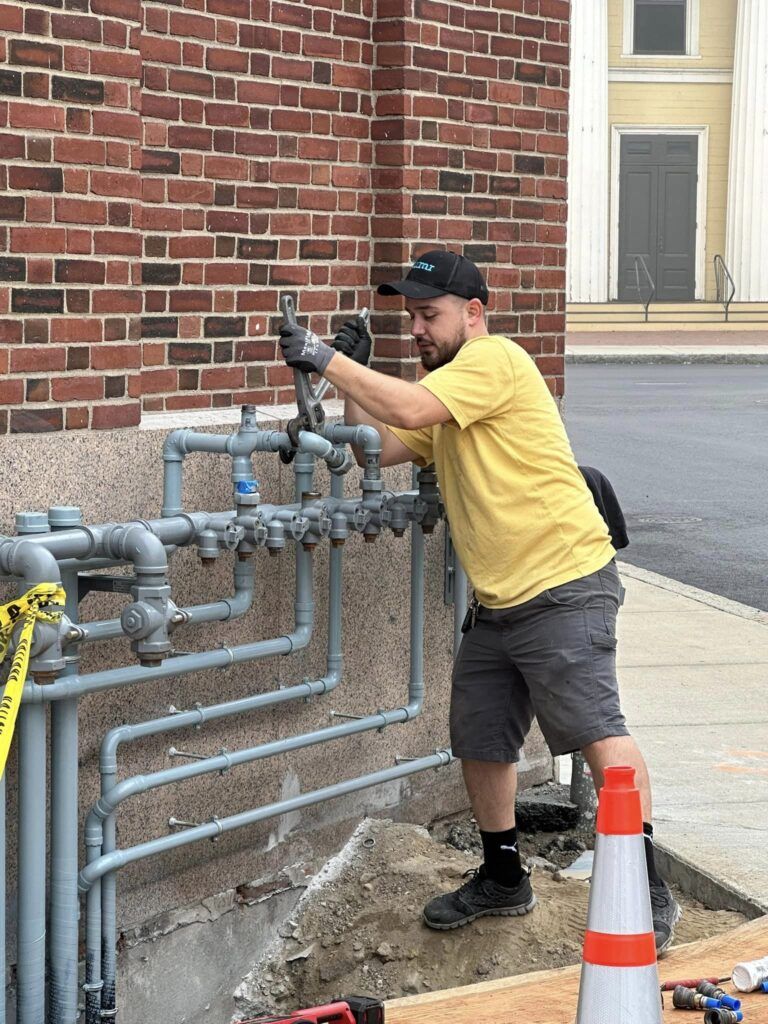Guide to Evaluating Plumbing Systems:
When buying a home, plumbing may not be the first thing on your mind, but it’s crucial to ensure you’re making a sound investment and that your new home is free of plumbing issues. An initial plumbing check can save you from future repair costs and give you peace of mind.
Here are a few tips on how to do an initial plumbing check when looking at a home you want to purchase:
Inspect the Water Supply
When Evaluating the Plumbing System The first thing to check is the water supply system. Make sure you turn on the faucets, showers, and flush the toilets to ensure that water flows smoothly throughout the home. It could also be helpful to check the water pressure to ensure that it is consistent and strong enough to meet your needs.
Check the Drains
Check all the drains in the home to ensure that they flow properly and quickly without any blockages. Slow-moving drains could indicate a blockage or clogged drain, which could result in significant repairs or replacements in the future.
Examine the Water Heater
The next significant thing to examine on this guide to evaluating plumbing systems is the water heater, which provides hot water throughout the home. Check the age, condition, and capacity of the water heater to determine whether it needs repairs or replacement. Ask about the water heater’s maintenance history and check if there are any leaks or rust present.
Check the Plumbing Fixtures
Inspect the condition of the plumbing fixtures and look for signs of leaks, rust, or corrosion. Check the function of each plumbing fixture and evaluate its state.
Inspect the Sewer System
Examining the sewer system is also important as any issues can cause significant damage and repair costs. Consider hiring a professional plumber for a sewer inspection to ensure everything is functioning correctly.
An initial plumbing check is essential when buying a home. By evaluating the water supply system, drains, water heater, plumbing fixtures, and sewer system, you can avoid significant repair costs and ensure that your new home is in good working order.

